If you’ve ever considered dental implants in Colorado Springs, CO, you might have come across the term “osseointegration.” But what does it actually mean? This groundbreaking process is at the heart of why dental implants are so effective and long-lasting. Understanding osseointegration can help demystify the journey to a beautiful smile and boost your confidence. Let’s dive into this fascinating mechanism that transforms lives one tooth at a time!
History of Osseointegration in Dentistry
The concept of osseointegration can be traced back to the mid-20th century, when Swedish orthopedic surgeon Per-Ingvar Brånemark discovered its potential. While researching bone healing, he accidentally found that titanium could integrate with bone tissue.
This groundbreaking discovery laid the foundation for modern dental implants. Before this, traditional dentures and bridges were common but lacked stability. The introduction of osseointegration transformed dental restoration.
By the 1980s, dentists began using titanium implants in patients with great success. Studies confirmed that these implants fused securely with the jawbone over time. This marked a shift towards more durable and reliable solutions for tooth loss.
As techniques evolved, so did materials and technology, leading to improved outcomes for patients seeking dental implants in Colorado Springs, CO. Today’s practitioners continue to build on Brånemark's legacy by refining methods and enhancing patient care through advances in implant dentistry.
How Does Osseointegration Work?
Osseointegration is a fascinating biological process. It refers to the direct structural and functional connection between living bone and the surface of an implant.
When a dental implant is placed into the jawbone, it starts as a foreign object. Initially, your body responds by sending cells to the area for healing. This stage is crucial for establishing stability.
Over time, osteoblasts—cells responsible for bone formation—begin to surround the implant. They deposit new bone material around it, creating a firm bond that holds everything in place.
The success of osseointegration relies on several factors, including the quality of your jawbone and overall health.
In essence, this integration transforms implants into natural extensions of your mouth, enabling them to function like real teeth without discomfort or instability.
Benefits of Dental Implants with Osseointegration
Dental implants with osseointegration offer a range of advantages that elevate oral health and enhance quality of life.
- One primary benefit is their durability. Unlike traditional dentures, these implants fuse with the bone, providing a stable foundation that can last for many years.
- Another significant advantage is improved functionality. Patients enjoy better chewing efficiency and speech clarity because dental implants mimic natural teeth closely. This leads to greater confidence in social situations.
- Moreover, osseointegration helps preserve jawbone density. When teeth are lost, the underlying bone may deteriorate over time; however, dental implants stimulate the bone through natural pressure during daily activities.
- Maintaining dental hygiene becomes easier with implants since they do not require special cleaning routines like removable dentures. This simplicity contributes to overall oral health and minimizes potential complications down the line.
Factors that Affect Successful Osseointegration
Successful osseointegration hinges on several crucial factors.
- One significant element is the quality of the bone where the implant is placed. Dense, healthy bone provides a stable foundation for integration.
- Another key factor is the design and material of the dental implant itself. Implants made from biocompatible materials, like titanium, promote better fusion with surrounding bone.
- The surgical technique also plays an essential role. Precision in placement minimizes trauma to surrounding tissues, enhancing healing and integration.
- Patient-specific characteristics such as age, health status, and lifestyle choices can influence outcomes too. Smokers or those with systemic conditions may face challenges during recovery.
- Proper aftercare cannot be overlooked. Following post-operative instructions helps ensure that implants successfully bond with the jawbone over time.
The Process of Osseointegration in Dental Implants
The process of osseointegration is a fascinating journey that begins right after dental implant placement. Once the titanium post is inserted into the jawbone, the body starts to react.
Cells in your bone tissue begin to migrate toward the implant. They recognize it as a natural part of your anatomy rather than a foreign object. This cellular activity leads to bone remodeling around the implant.
Over weeks and months, new bone cells create a strong bond with the surface of the titanium. This integration forms an enduring connection that supports everyday functions like chewing and speaking.
Multiple factors influence this process, including overall health, bone quality, and even lifestyle choices. Maintaining good oral hygiene plays a crucial role in fostering successful osseointegration.
As time goes on, patients can expect their implants to feel stable and secure—just like natural teeth do!
Aftercare and Maintenance for Successful Osseointegration
Aftercare is crucial for the success of osseointegration following dental implant surgery. Proper care can significantly enhance healing and longevity.
Immediately after the procedure, it's essential to follow your dentist's post-operative instructions carefully. This may include pain management strategies and dietary recommendations. Soft foods are often advised during the initial recovery phase.
Oral hygiene plays a pivotal role in maintaining healthy implants. Gentle brushing around the implant site helps prevent infection while avoiding irritation. Regular flossing should also be part of your routine to keep the surrounding gums healthy.
Regular check-ups with your dentist ensure that any potential issues are addressed promptly. Professional cleanings help maintain optimal conditions for osseointegration by removing plaque buildup around the implant area.
Staying hydrated contributes positively to overall healing as well. Drinking plenty of water aids in tissue health and supports recovery processes throughout your body, including at the surgical site. Contact us to learn more.
Conclusion
Osseointegration is a fascinating process that plays a crucial role in the success of dental implants. Understanding its history reveals how far dentistry has come, paving the way for innovative solutions to tooth loss. The mechanism itself highlights the intricate relationship between bone and implant materials, ensuring stability and longevity.
The benefits of dental implants with osseointegration are numerous. They not only restore function but also enhance aesthetics and boost self-confidence. However, successful osseointegration depends on various factors such as bone quality, oral hygiene practices, and overall health.
As patients embark on their journey with dental implants in Colorado Springs, CO, they should be aware of the necessary aftercare and maintenance needed to support this remarkable biological process. Following proper guidelines can significantly impact overall results.
By prioritizing education about osseointegration and its significance within dental implant procedures, individuals can make informed decisions about their oral health needs. Embracing advancements in dentistry empowers people to reclaim their smiles confidently while enjoying all the advantages that modern technology offers.
With over 25 years of experience in offering exceptional dental services to the community, at Cheyenne Mountain Dental Group, we are still continuing our journey, now under the leadership of Dr. Stephen Davis and Dr. Bill Bertsch. For more details and appointments, call us at (719) 576-3276, book online, or visit us directly at 3605 Star Ranch Rd, Colorado Springs, CO 80906.




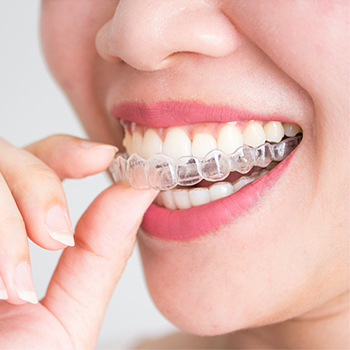
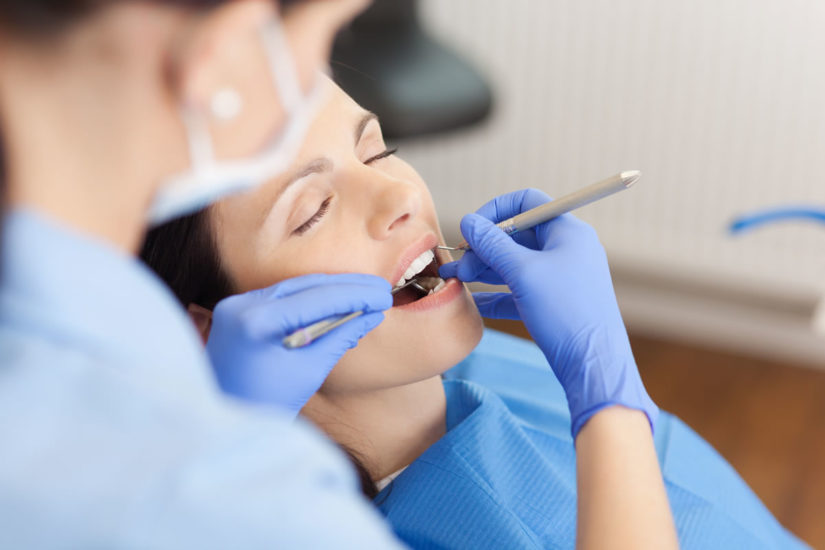

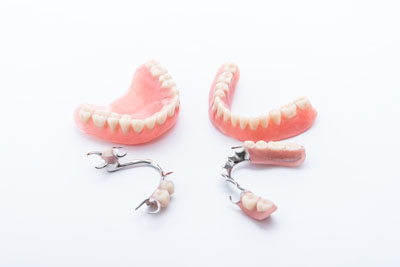

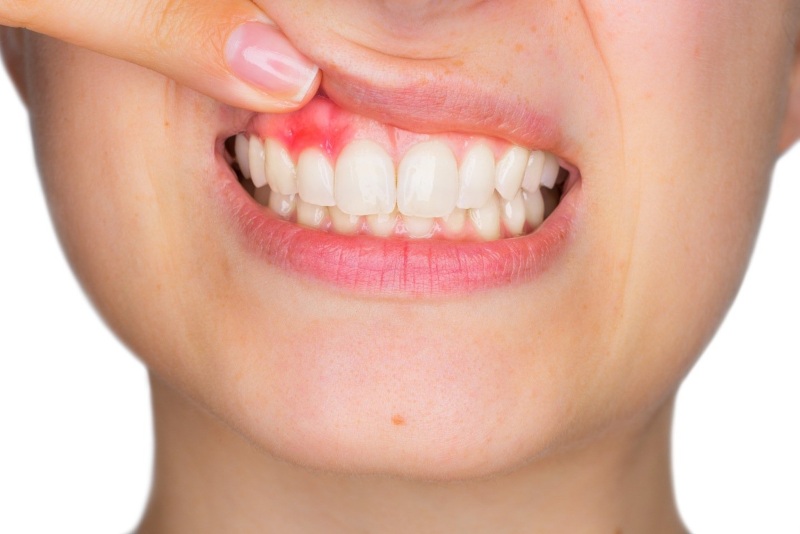
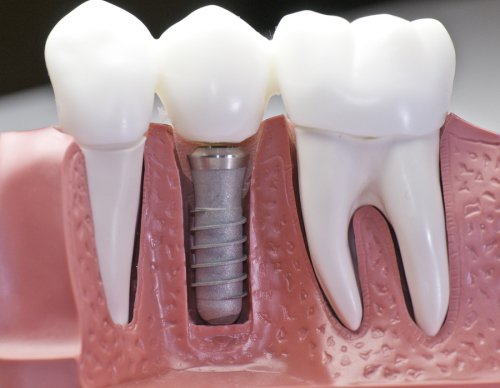
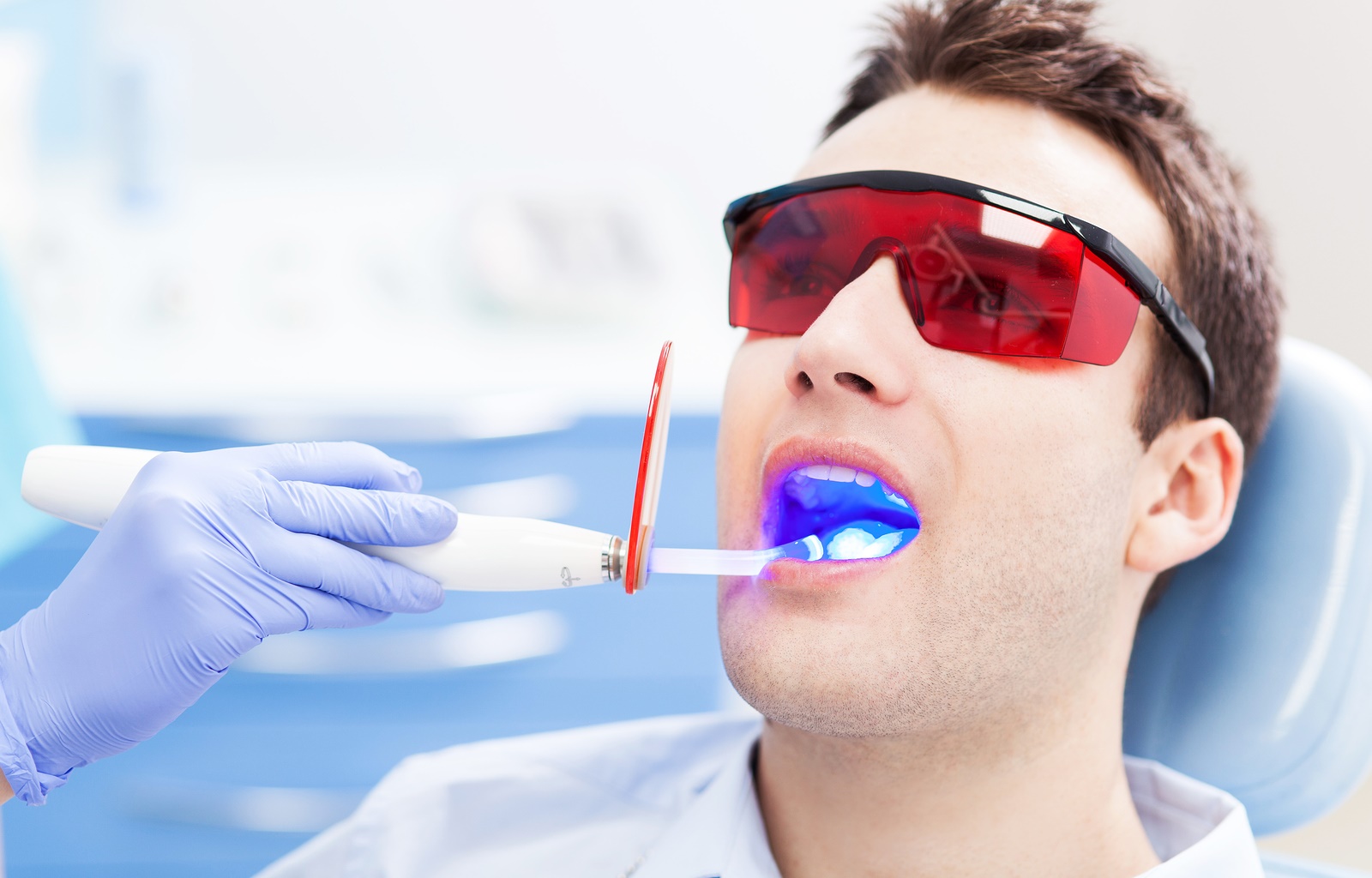
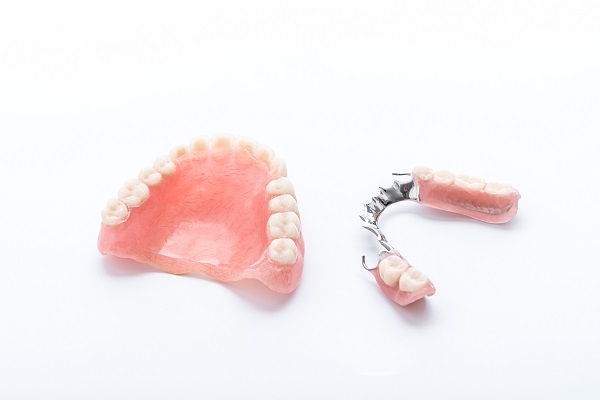
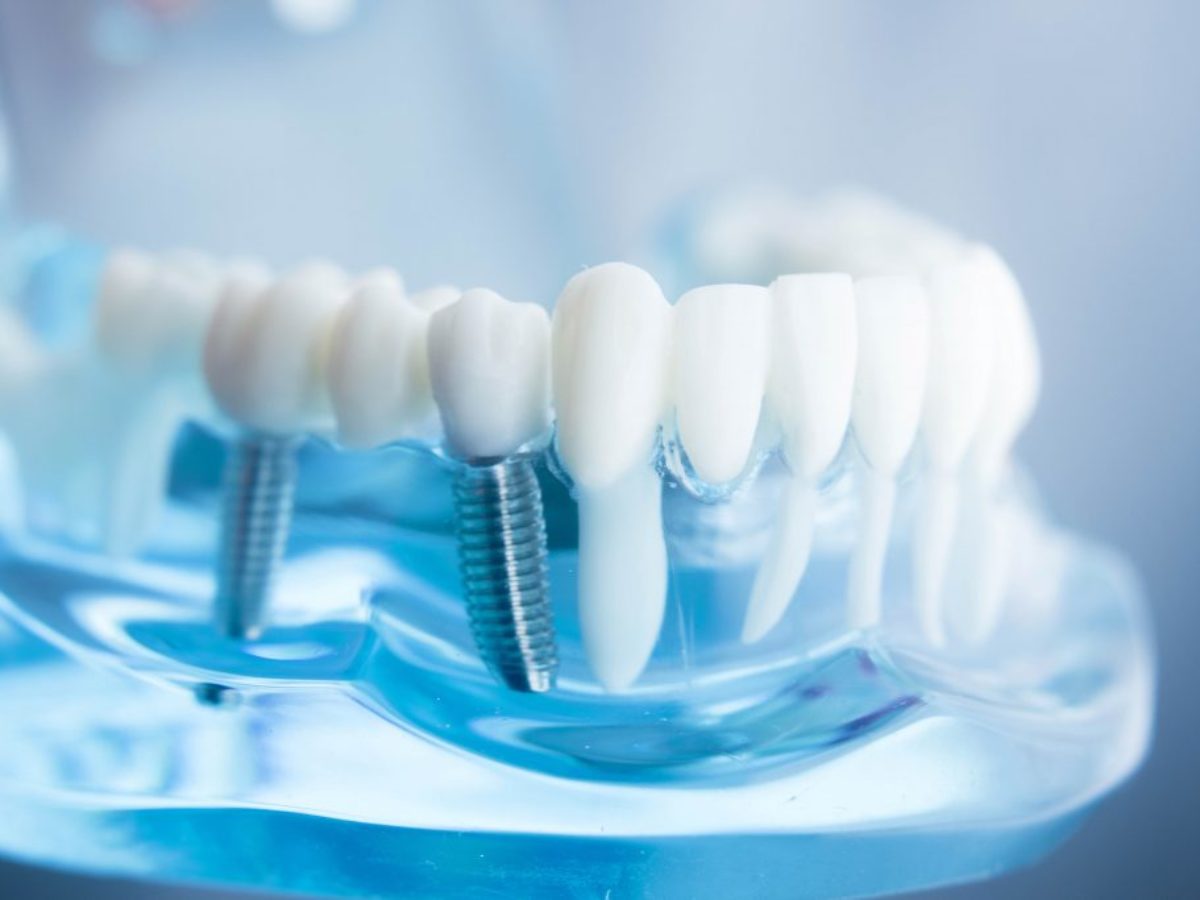
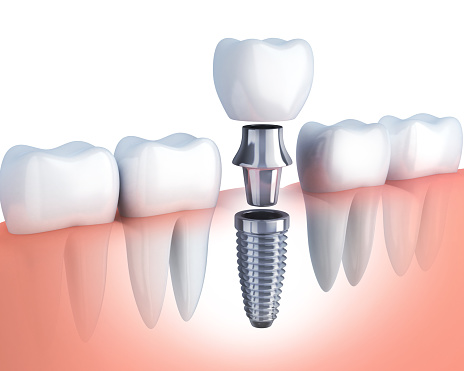
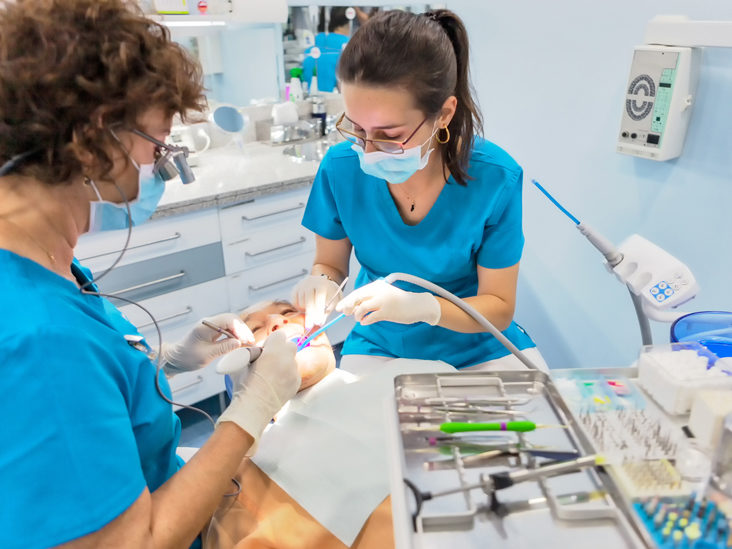

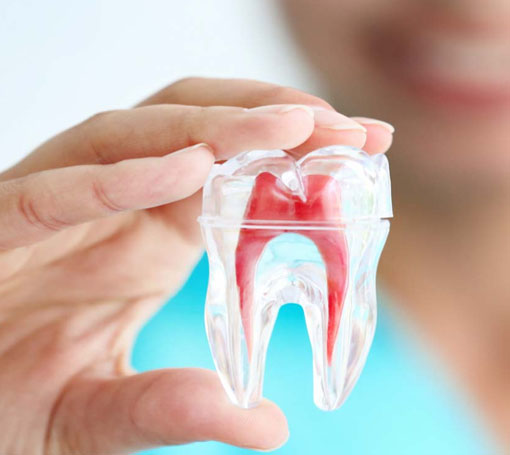
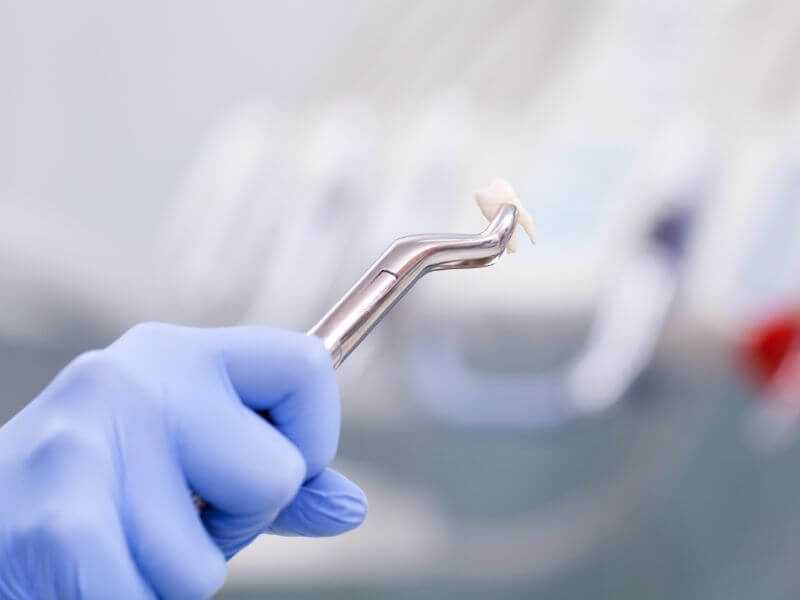



0 comments